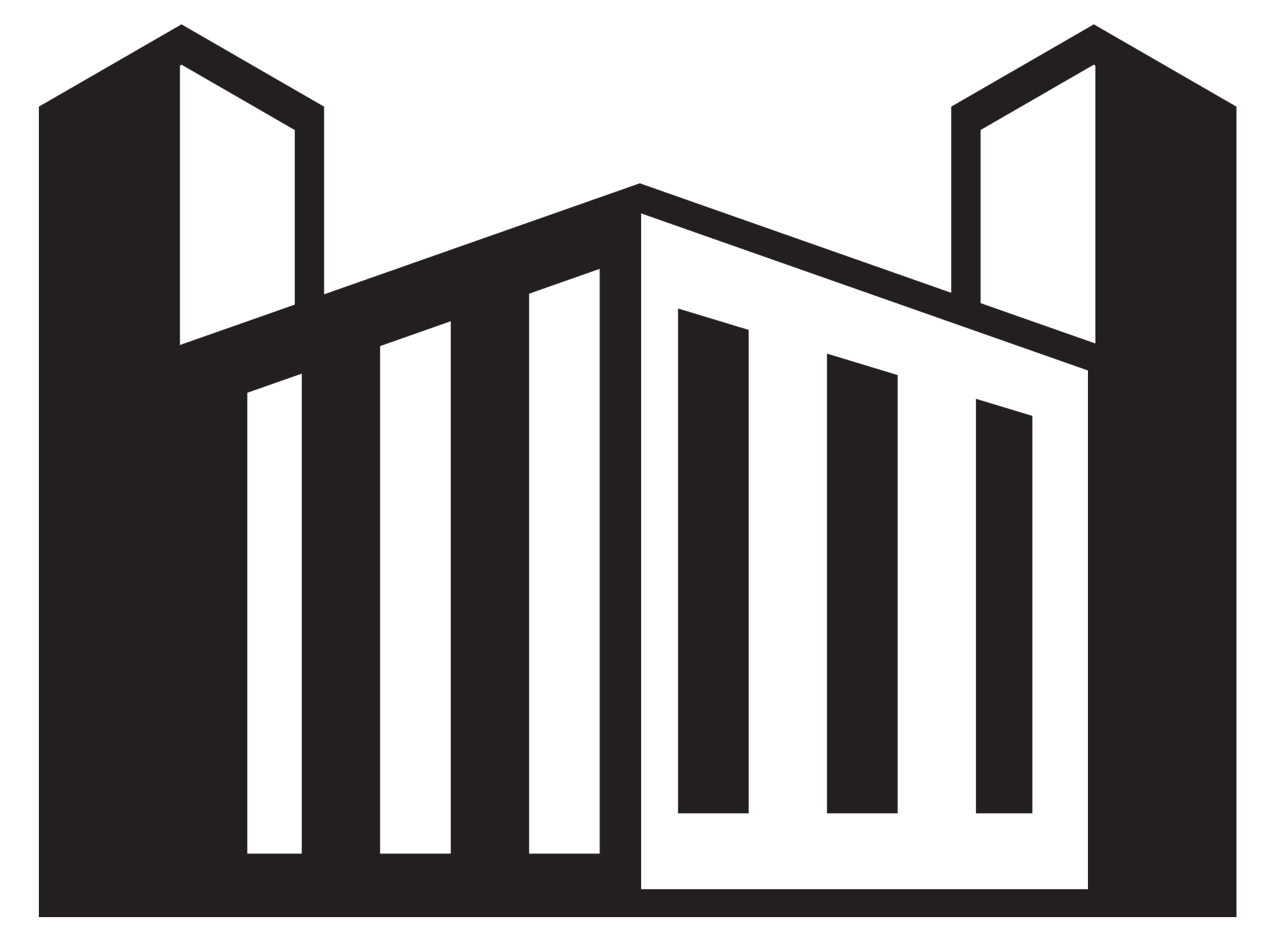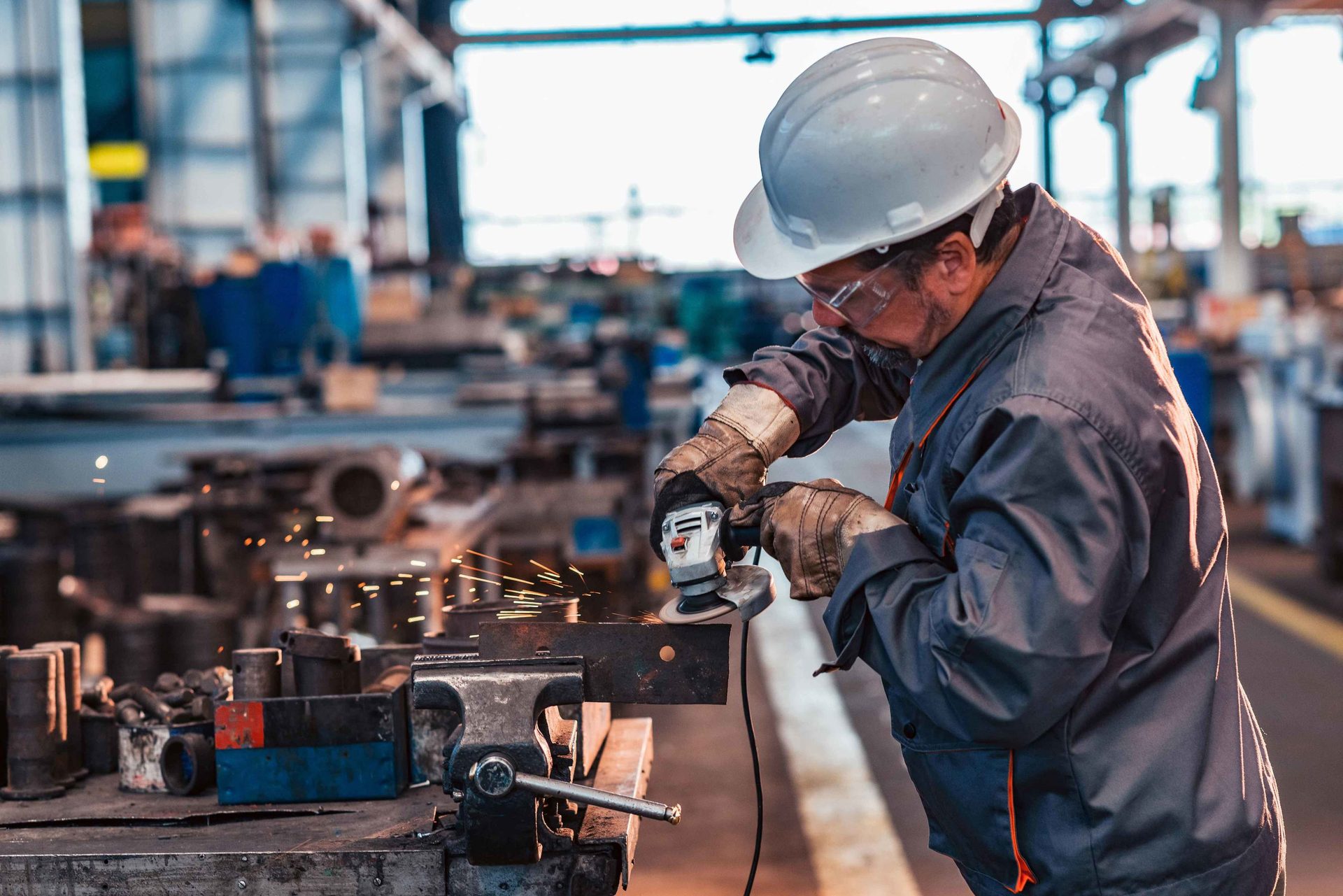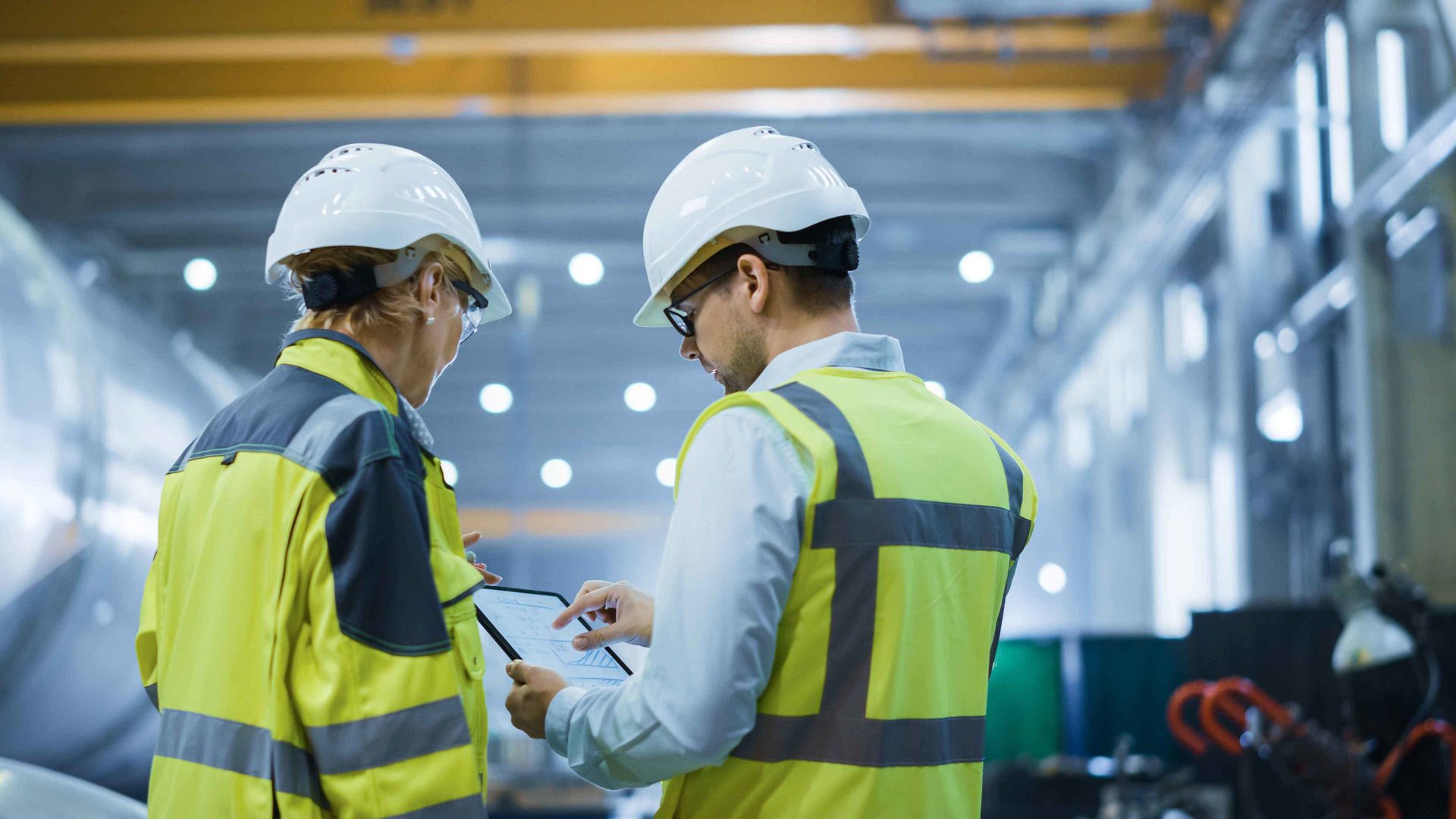




feature
Overcoming Obstacles in Retrofitting an Industrial Facility
Building owners and facility managers should not have to endure outdated and complicated process heating and HVAC systems, especially in industrial settings.

Images courtesy of Cambridge Air Solutions
Building owners and facility managers should not have to endure outdated and complicated process heating and HVAC systems, especially in industrial settings. Retrofitting these with a distributed network of right-sized, right-located HVAC units and dedicated process heating systems can maximize energy efficiency, improve comfort, and lower maintenance costs.
Complex Industrial HVAC and Process Requirements
Industrial facilities don’t have to be new in order to be efficient. Leading facility owners and operators are retrofitting existing facilities into models of efficiency and sustainability. These updates are investments in efficient technologies that span all facility systems, including lighting, facility envelope, and HVAC, as well as creating a healthier working environment for those working inside. Often, facility owners still pursue single technology improvements, but market leaders bundle together energy-saving technologies in a more comprehensive approach to get deeper savings and greater life-cycle value.
Facility leaders considering industrial retrofits of HVAC systems recognize the value of rapid returns on investment (ROIs), system reliability, life-cycle costs, integration with building automation systems (BASs), and how the system will work with existing production processes. Let’s explore each of these in terms of planning for success.
ROI Analysis Illustrates a Fast Return
Activating short-term solutions not only triggers higher upfront costs but also dramatically higher operational costs and shorter total life cycles of the selected systems.
The utilization of dedicated space heating, makeup air, and spot heating can be combined with reductions in process equipment loads for the lowest total cost of ownership. These multilevel savings extend beyond traditional energy cost retrofits, thus allowing industrial clients to maximize the life-cycle value of their facilities and achieve attractive ROIs with payback periods of less than two years.
Technologies Impact on Scalability
Industrial facilities evolve over time to reflect the changing needs of growing industries, modern equipment and processes, and other economic trends. In many instances, current production systems and technologies have been changed many times, and, often, their supporting systems are overlooked. However, there is a direct interdependence between the systems and the underlying process loads and exhaust systems. When HVAC systems are overlooked, this can cause inadequate makeup air, negative pressure problems, cold spots, and overall poor comfort levels. Furthermore, the infrastructures of these aged industrial facilities typically resemble single systems that serve multiple functions, thus hindering their ability to scale production rapidly and efficiently. Facility leaders are left with difficult decisions when incremental changes in production capacity realize less profit margin because of inadequate, interdependent systems. To get ahead of this, these leaders should work to build proactive plans to:
- meet or exceed corporate energy reduction mandates;
- prepare for and exceed production capacity metrics;
- provide labor with ideal environment conditions — comfort, productivity, and facility thermal condition requirements; and
- meet all facility safety regulations.

FIGURE 1: Dedicated, direct-fired, high-temperature heating and ventilating (HTHV) technologies, as found in the Cambridge S-Series, can provide a reliable and cost-effective way to meet comfort requirements year-round.
Rather than continual reactive fixes, a proactive plan pays big dividends for the entire operation, from production efficiency to air quality, comfort level, and more. Retrofitting existing heating, ventilating, and process steam systems with right-sized and right-located dedicated systems will reduce costs for energy usage, maintenance, operations, and asset replacements.

FIGURE 2: Facility leaders considering industrial retrofits of HVAC systems recognize the value of rapid returns on investment (ROIs), system reliability, life-cycle costs, integration with building automation systems (BASs), and how the system will work with existing production processes.
Dedicated HVAC Systems Are Better for Facilities
The team has designed and optimized every aspect of an operation, including the facility. But utilities and HVAC systems are often thought of as ancillary systems. They become outdated and even neglected, despite this optimization of processes. For facility leaders, minimizing or eliminating any process interruption is always top of mind. And one must ensure regulatory and safety requirements are met at all times. As a result of these and other operational pressures, a team should undertake frequent routine maintenance, especially if the facility system is aging. These aging systems with like-for-like replacements lead to increased labor investment, higher operational costs, and shorter total system life cycles.
Dedicated, direct-fired, high-temperature heating and ventilating (HTHV) technologies, as found in the Cambridge S-Series, can provide a reliable and cost-effective way to meet comfort requirements year-round. The HTHV technologies have become the gold standard for energy-efficient industrial warehouse heating in North America over the past 20 years. These technologies are now being launched into the broader commercial heating and ventilating market because of their energy efficiency and low installation costs. The 100% outdoor air introduced through American National Standards Institute (ANSI) Z83.4 technology is designed and installed to improve the indoor air and environmental quality of the facility. Any level of required ventilation, including ASHRAE 62.1 levels, can be achieved and maintained through these technologies. Many offerings include optional MERV-13 filters added to the inlet air of this device, further improving IAQ. ANSI Z83.4 equipment can be installed with a minimum amount of ductwork, providing an efficient and cost-effective installation. Additionally, the technology can be installed indoors or outdoors or in horizontal or vertical configurations, permitting added flexibility while always providing 100% fresh outside air.

FIGURE 3: Dedicated, direct-fired natural gas outside air units, as found in the Cambridge M-Series makeup air units, provide extreme efficiency and effectiveness to solve complex building pressurization problems.
Dedicated, direct-fired, natural gas outside air units, as found in the Cambridge M-Series makeup air units, provide extreme efficiency and effectiveness to solve complex building pressurization problems. Left unresolved, these pressure challenges could cause comfort, process, or IAQ problems. Industrial facilities routinely use ventilation and filtration to ensure a healthy and safe working environment. When tasked with protecting employees from the harmful emissions of particles, gases, or microorganisms, facility engineers and managers should look for solutions that have custom filtration solutions that can be engineered for their specifications and local code requirements.
Once dedicated systems are in place, handling the space heating and ventilating loads, a team can concentrate on meeting the unique process needs with the most energy-efficient and code-compliant boiler. Additionally, since the process load has been isolated, the boiler can run at a more consistent operating window, raising the efficiency even more. Minimizing the size of this unit significantly decreases maintenance cost and complexity with fewer steam traps, steam leaks, and miles of pipes to manage. By embracing cutting-edge, dedicated systems technology, facility leaders can spend less initially to purchase and install right-sized boiler systems. Additionally, the ROI will be realized more quickly with lower energy consumption and operating costs as well as a longer system life cycle.
Integrated Controls Are Critical
No matter how well-designed the HVAC systems are, they fall short of optimal efficiency without properly designed and deployed controls. Industrial control options ranging from simple and secure industrial remote control stations to direct digital controls with BAS integration capabilities across multiple protocols (BACNet, LON, Modbus, etc.) all work to integrate custom control of an industrial facility. These control packages offer the ability to program heating and ventilating schedules with override capabilities to further fine-tune processes and control sequences for maximum efficiency and comfort. All of these options allow for control and monitoring while continually maintaining the highest level of burner management on board for safety and reliability. With full modulation capabilities for both gas and airflow and near limitless digital and analog inputs, the number of control options are infinite.
Schedule a Building Walkthrough
Cambridge Air Solutions provides insight to what an exact facility may need by offering building walkthroughs with one of its air solutions experts. Cambridge can help a team understand what changes can be made to improve energy usage and provide even heating and clean air and cooling for all employees.
